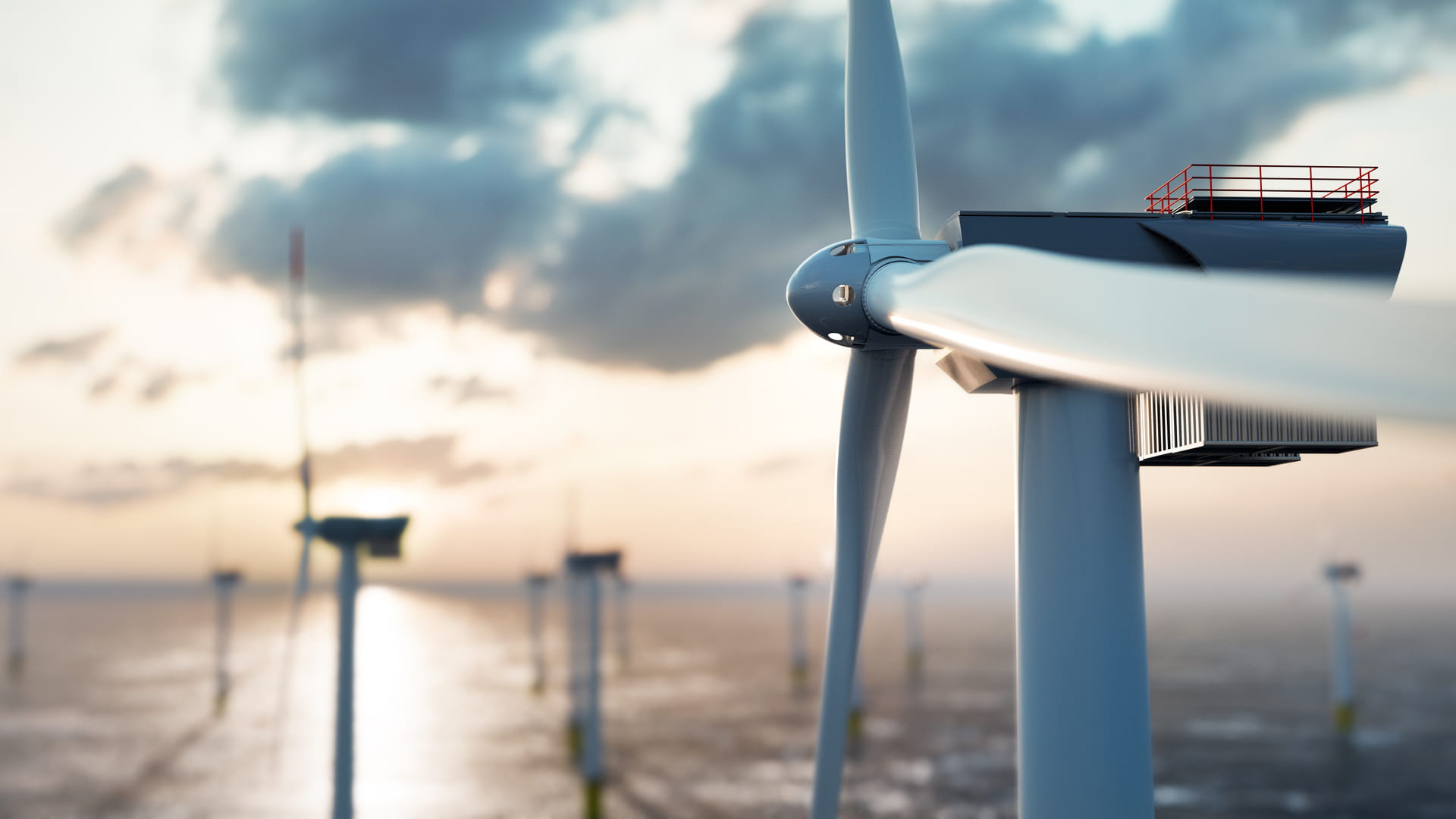Royal HaskoningDHV charts a course for floating wind power

As the 2050 deadline to meet net zero commitments gets ever closer, the UK is taking on numerous projects aimed at reducing emissions. One of the options currently being explored is floating offshore wind – and Royal HaskoningDHV is playing an important role in its inception.
On behalf of RenewableUK, and as part of the Floating Offshore Wind Task Force, we created a roadmap that outlines the technologies, infrastructure, and investments required to bring the ambition of 5GW of FLOW in 2030 to life.
The result of our work is a series of recommendations for the UK Department of Business, Energy and Industrial Strategy – and a thorough overview of what is needed to potentially deploy more than a thousand wind turbines, each one of which will be taller than The Shard.
The race to net zero
Renewable energy plays a vital role in the UK’s ambitions to become a carbon-neutral region, and wind power is a huge part of this.
However, with few shallow water sites available to locate fixed offshore windfarms, attention has turned to floating farms in the North and Celtic Seas.
Here, winds are stronger and there is greater potential for generation due to higher load hours and more room to place bigger structures. And big is exactly what’s planned.
The turbines that will eventually occupy these areas are enormous. Including the base, the tower and the blades, they stand up to 315 metres high. To put that into perspective, the UK’s tallest building, The Shard, is 309 metres high.
However, the size of these turbines and the amount required means significant investment is needed to create the infrastructure to build and support them. And knowing what needs to be done, and what the benefits of those investments will be, required some investigation.
The inner workings of a colossal engineering ambition
The objective of our study was to evaluate the technologies and infrastructure needed to roll out floating windfarms at scale, and help the UK become a global leader in floating wind technology. We identified three areas where significant investment is most required.
The first is port infrastructure, where the assembly, launch, marshalling, installation, storage, operations, and management of these floating windfarms will all take place.
To meet the required targets, it’s estimated that 11 ports around the UK will need to be transformed into new industrial hubs. That work needs to begin as soon as possible to capture the many benefits available.
“We are looking at a colossal engineering project on a scale that’s hard for most people to conceive,” says Stuart White, Project Leader for Royal HaskoningDHV. “To de-risk the project and successfully roll it out will require investment in infrastructure at multiple ports.”
Secondly, we assessed the FLOW supply chain to identify the need to develop strategic manufacturing and production activities in the UK to secure supply, scale, efficiency, and economic benefits.
And, finally, we examined and provided guidance about the cranage and installation support vessels needed to install and maintain these windfarms.
Armed with this information, decision-makers now have the insight needed to turn theory into practice, and execute the world’s biggest project pipeline of this kind.
Added value for a greener society
With the long-term ambition of achieving 34GW of wind power energy by 2040, the investment required in port and floating windfarm infrastructure is estimated to be around £4 billion. But it’s one that will quickly pay dividends.
In fact, it’s likely that the UK will generate up to £4.30 in added economic value for every £1 spent – and the industry should eventually support around 45,000 jobs in the United Kingdom.
Royal HaskoningDHV is committed to building a net zero world. It is a member of the Floating Offshore Wind Taskforce and draws upon extensive global consultancy expertise in designing ports and other marine structure.
This will breathe new life into port communities. It will create jobs, and put the UK in pole position to meet its net zero ambition and become a leading exporter of green technologies.
